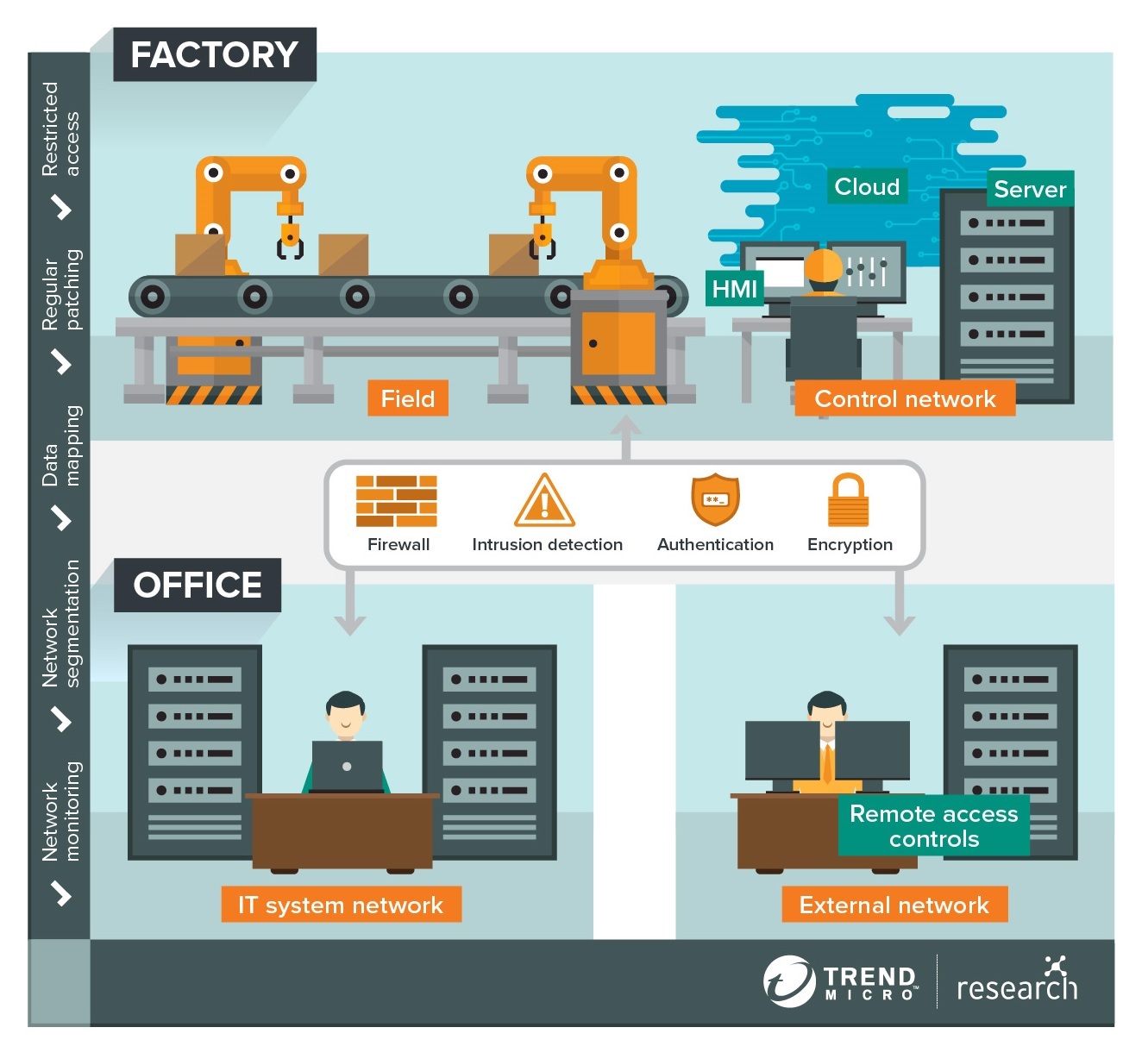|
Introduction: Machine vision, also known as computer vision, is a rapidly advancing field that combines image processing and artificial intelligence (AI) to enable machines to perceive and interpret visual information. Over the years, machine vision has revolutionized various industries by providing automated solutions for tasks that were once exclusively performed by humans. This article explores the evolution of machine vision and its transformative impact on different sectors. Industrial Automation: One of the earliest applications of machine vision was in industrial automation. Machine vision systems are extensively used in manufacturing plants to ensure quality control, inspect products for defects, and guide robots in assembly lines. By leveraging advanced algorithms and high-resolution cameras, these systems can detect minute flaws and deviations with remarkable accuracy, reducing human errors and optimizing production processes. Healthcare: In the healthcare sector, machine vision has witnessed significant advancements. Medical imaging technologies, such as X-rays, MRIs, and CT scans, generate vast amounts of visual data. Machine vision algorithms can analyze these images to assist doctors in diagnosing diseases, identifying anomalies, and planning treatments. Additionally, machine vision plays a crucial role in robot-assisted surgeries, enabling precise and minimally invasive procedures. Transportation and Logistics: Machine vision has transformed transportation and logistics operations. In autonomous vehicles, cameras and sensors form the backbone of perception systems, allowing cars to navigate, detect obstacles, and make informed decisions in real-time. Machine vision is also integral to barcode scanning and package sorting in warehouses, enhancing efficiency and streamlining supply chain processes. Agriculture: The agricultural industry has embraced machine vision to optimize crop management and increase yields. Drones equipped with specialized cameras can capture aerial images of farmland, enabling farmers to monitor plant health, identify pest infestations, and apply targeted treatments. Machine vision techniques can also aid in crop yield estimation, facilitating better resource allocation and improving overall productivity. Retail: Machine vision has revolutionized the retail sector by enabling cashier-less stores and personalized shopping experiences. With the help of cameras, sensors, and AI algorithms, customers can now walk into a store, pick up items, and leave without going through traditional checkout processes. Machine vision technology tracks customer movements and automatically charges them for their purchases, enhancing convenience and reducing waiting times. Conclusion: Machine vision has come a long way, transforming industries across the board. From enhancing manufacturing efficiency to revolutionizing healthcare diagnosis, transportation, agriculture, and retail, visual intelligence has become an indispensable tool in our technological landscape. As machine vision continues to advance and evolve, we can expect further breakthroughs that will shape the future of automation and human-machine interaction.  |
